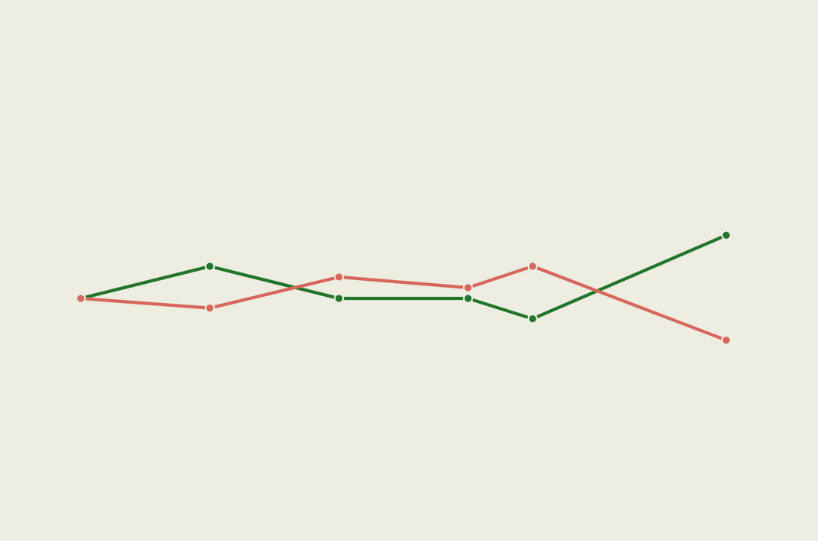Weekly Chart: Argentina's Economy and Macri's Agenda
Weekly Chart: Argentina's Economy and Macri's Agenda
Learn where the numbers stand and what the new president is doing to change them.
The 2015 global economy knocked the wind out of Latin America’s sails, and Argentina was no exception. The Argentine peso reached a historic devaluation, while GDP grew only 0.41 percent, per the International Monetary Fund’s estimate. There’ll be no respite in 2016 either: the IMF projects the economy will contract by 0.75 percent.
Argentina’s new center-right government saw it coming. Just five days after his December 10 inauguration, President Mauricio Macri lifted currency controls. The move led to a 30 percent devaluation and the peso fell to a new low of $14.80 to the U.S. dollar on February 16.
At the top of the Macri agenda? Reducing the fiscal deficit to 1 percent of GDP by 2019, down from 5.8 percent in 2015. The president took a first step on January 29, announcing an end to electricity subsidies in order to save some $4 billion.
Debt and depleted currency reserves are also on the list. With reserves at their lowest since 2004, last month Argentina’s Central Bank signed a deal with five Wall Street banks for some $5 billion in loans. Yet Argentina’s bankruptcy drama from its prior defaults continues. On February 12, Argentina asked a U.S. court to lift restrictions on its ability to pay restructured debt bondholders. It’s barred from doing so unless it pays off bondholders from the 2001 default.
Macri has also set out to rebuild national statistics agency Indec, which allegedly misreported inflation data throughout the prior administration.
AS/COA Online takes a look at where the Argentine economy stands today.








